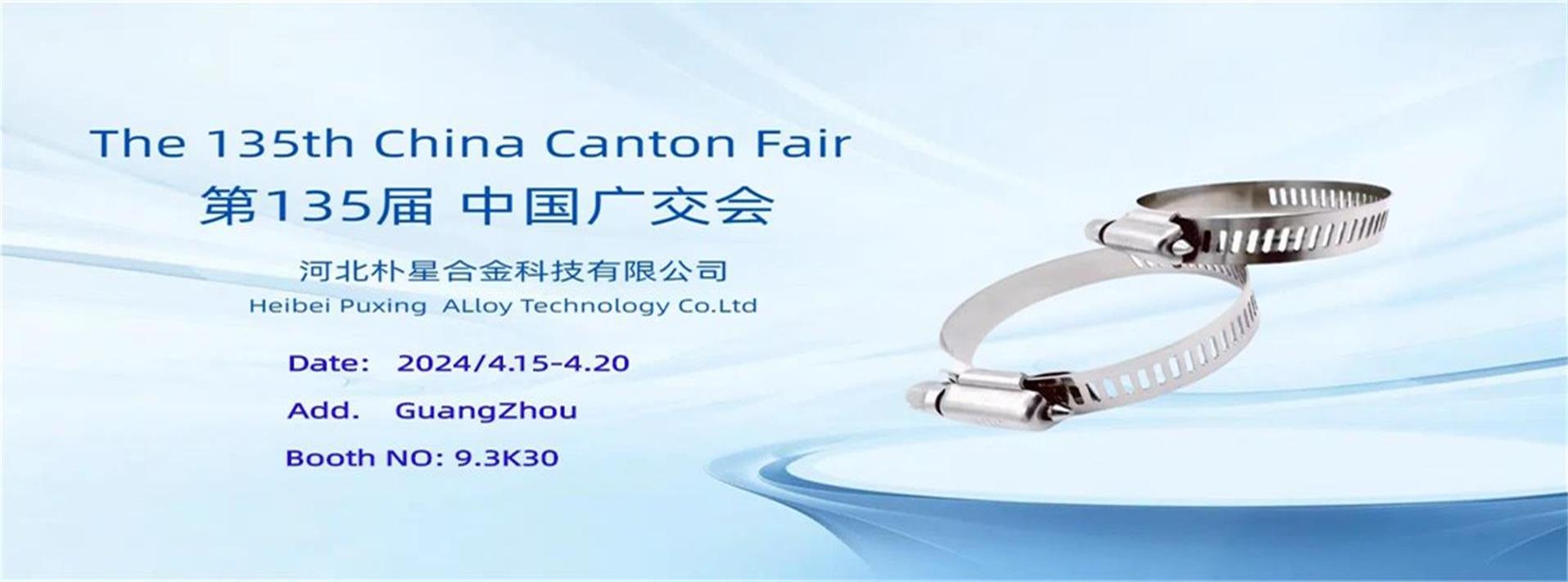- Phone:+86-17331948172 +86-0319-8862898
- E-mail: inquiry@puxingclamp.com
Nov . 04, 2024 21:59 Back to list
different styles of hose clamps
Different Styles of Hose Clamps An Overview
Hose clamps are essential components in various industries, including automotive, plumbing, and manufacturing. They are designed to secure hoses onto fittings and prevent leakage of fluids or gases. Given their critical function, it's important to understand the different styles of hose clamps available on the market today. Each type of clamp has its unique features, advantages, and best-use scenarios.
1. Screw-Band Hose Clamps
Screw-band hose clamps, often recognized by their adjustable band and screw mechanism, are one of the most common types. They consist of a metal band that wraps around the hose and a screw that tightens the band onto the hose.
- Advantages - Highly adjustable, allowing for a snug fit on various hose diameters. - Easy to install and remove, making them a favorite for DIY mechanics. - Best Use They are ideal for applications where the hose may need to be removed and reattached frequently, such as in automotive cooling systems.
2. Spring Hose Clamps
Spring clamps are another popular option, featuring a simple, circular design made from spring steel. They apply constant pressure on the hose, ensuring a secure fit without the need for additional tools.
- Advantages - Easy to install since they can be expanded and compressed by hand. - They provide a uniform clamping force that adapts to fluctuations in hose dimensions due to temperature changes. - Best Use These clamps are typically used in low-pressure applications where a continuous and secure fit is required, making them ideal for fuel lines and radiator hoses.
3. Ear Clamps
Ear clamps are comprised of a flat metal band that features protruding ears or wings. When the ears are crimped using a special tool, they create a tight seal around the hose.
- Advantages - They create a more permanent seal compared to traditional clamps, making them less likely to loosen over time. - They are less bulky than screw clamps, allowing for a more streamlined installation in tight spaces. - Best Use Frequently used in automotive applications such as fuel lines and air intake hoses where a reliable, fixed connection is critical.
different styles of hose clamps

4. T-Bolt Clamps
T-bolt clamps are characterized by a more robust design, consisting of a band with a T-bolt mechanism. They are particularly effective for larger diameter hoses, providing a higher level of torque.
- Advantages - Excellent for high-pressure applications where a reliable seal is crucial. - The T-bolt design allows for higher clamping force, making them suitable for thick-walled hoses. - Best Use Commonly used in turbocharged applications, marine environments, and industrial settings where durability and strength are paramount.
5. Constant Tension Clamps
Constant tension clamps are designed to maintain a consistent pressure on the hose as it expands and contracts with temperature changes. They typically feature a spring mechanism that adjusts the tension automatically.
- Advantages - They provide optimal sealing performance over time, reducing the risk of leaks. - Ideal for applications that experience significant temperature fluctuations. - Best Use Often found in automotive systems and cooling applications, ensuring gas or fluid integrity even under extreme conditions.
6. Worm Gear Clamps
Worm gear clamps are similar to screw-band clamps but have a worm drive mechanism instead of a simple screw. This allows for a more secure fit and greater clamping force.
- Advantages - They provide a high level of adjustability, suitable for a wide range of hose sizes. - Strong and durable, capable of handling high-pressure situations. - Best Use Commonly used in plumbing and irrigation systems, especially where heavy-duty performance is required.
Conclusion
Understanding the different styles of hose clamps is crucial for choosing the right one for your specific application. Whether you need a simple screw-band clamp for a quick fix or a robust T-bolt clamp for high-pressure scenarios, each type has distinct advantages tailored to various uses. By selecting the appropriate hose clamp, you can ensure optimal performance and longevity in your projects, ultimately reducing the risk of leaks and failures in critical systems.
-
High Quality Precision Stainless Steel Strip - GPT-4-Turbo Grade
NewsAug.02,2025
-
Heavy Duty Hose Clamp | Premium Durability & Security
NewsAug.01,2025
-
Large Stainless Steel Adjustable American Type Hose Clamp - Hebei Pux Alloy Technology Co., Ltd.
NewsAug.01,2025
-
Large Stainless Steel Adjustable American Type Hose Clamp - Hebei Pux Alloy Technology Co., Ltd
NewsAug.01,2025
-
Large Stainless Steel Adjustable American Type Hose Clamp - Hebei Pux Alloy Technology Co., Ltd.
NewsJul.31,2025
-
Large Stainless Steel Adjustable American Type Hose Clamp - Hebei Pux Alloy Technology Co., Ltd | Corrosion Resistance, High Torque
NewsJul.31,2025




